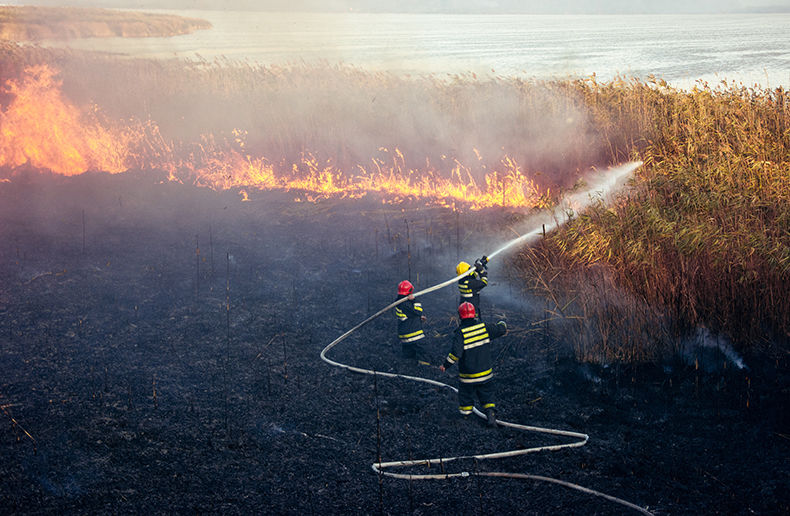A new research note from Gallagher Re, Hidden Dangers: Undersea Cables and Mitigating Economic Risk, sheds light on the fact that 99 per cent of the world’s intercontinental internet traffic depends on undersea fibre-optic cables – those which are increasingly at risk as geopolitical and catastrophe threats emerge. “The consequences of damage to undersea assets can incur costs of billions of dollars, with the greatest risk occurring in areas that rely on a single subsea cable,” they write.
Underwater data centres
Subsea cables are a critical component of global infrastructure, they continue. More, the transition to net zero and the ongoing drive to achieve energy security are also driving the development of submarine energy cables. “While the concept of underwater data centres is still in its infancy, it’s likely to gain traction as one way of meeting future needs,” as well, they add. “Many projects are already underway to further increase the existing network of global submarine cables. The explosion of artificial intelligence (AI) is one factor behind such investment.”
Currently, the global submarine cable network stretches over 1.3-million kilometers and supports over $10-trillion in economic activity annually. (All figures in U.S. dollars.) “The market for submarine power cables is expected to grow to $32.9-billion by 2032.” The note continues by looking at accidental damage, natural hazards and sabotage, which could all affect the infrastructure.
Risk management
“Businesses should factor in damage to submarine cable networks when carrying out risk management scenario analysis and horizon scans, particularly if they have facilities in locations that are heavily reliant on just one or two subsea cables,” they write. “Submarine infrastructure is the hidden backbone of our global energy and communications systems, making it increasingly essential to ensure it is resilient to current and future threats. A company’s continued resiliency could depend on getting this right.”
















